Q&A with Harrison Liu and Jehanne de Biolley

How do you sum up what you do?
We are designers who pick and choose projects we feel passionate about. As for all artists, we believe that choosing the right patrons and the right work is every time an important commitment and step. Getting it wrong has heavy consequences, as getting it right is like a birthday all over again! When we are not busy with particular projects, we create art pieces or a new collection.
You’ve both had enormous careers spanning many different cultural disciplines – how has your past experience informed what you do today?
It is like a puzzle, it eventually all fits together and makes sense. Our gallery which we set up in the former library of the Ming dynasty Temple where we live show best how our past experiences constantly feeds our new collections and design projects. We have both travelled so much, lived abroad, learned different languages, and from theses experiences we are both able to create not only a new design style, but also the life style to go with it.
Jehanne, where did your interest in Chinese art and decoration spring from?
My first trip Asia, Bali in 1980, and my long-term friendship with oriental art dealer and collector Gisele Croes have inspired me to develop my passion. It is mainly because I know that it would take me a lifetime to understand the Chinese culture that my interest is growing stronger.
Harrison, how did you make the move from acting to furniture design?
Through seeing thousand of movies of all cultures, particularly during the years I couldn’t speak English, I developed a sensitivity for design and a passion for furniture. I then knew that one day I would create my own style. For years, I have been advising Chinese furniture companies. When I had my first metal furniture workshop in 1996 I’ve got to know most important people in the merging China furniture industry market. By then I could speak English and they knew I understood their products. People know me as an actor, so they found it easy to approach me and ask more about my international experience. I still write and direct movies. For me designing furniture or anything else feels very natural, I am always creating something new, for myself and my family, or for clients.
Jehanne, how did you start designing jewellery?
A need to reconnect with minerals and create a collection of my own when I reached Beijing in 1997. I realized that by creating new ways of adornment I could weave a life between East and West for myself and my family and in the process share life experience with women from all over the World. I am passionate about colours and like to recreate sequences influenced by China’s Song or Qing Dynasties colours and aesthetics. I constantly draw inspiration from these years when I studied oriental art in London.
Do you receive more interest from Chinese or international customers/clients?
Jehanne: From both, but so far I have created collections for western-featured women only. My jewellery concept is based on colours for women of different colour hair/skin/eyes… I am now working on a collection for Asian women; it is an interesting and challenging new step for me.
The hotel concept and full design (exterior and interior) that we did for DUGE Courtyard Boutique Hotel in Beijing sums up how both cultures respond to our work. It has triggered much attention not only from both foreigners and Chinese visitors alike but also from younger generations involved in design and fashion in Beijing.
Receive our daily digest of inspiration, escapism and design stories from around the world direct to your inbox.
Our studio is based on an East meets West concept of style and relationships. We get as much interest from both ends of the world and it all catalyses in Beijing in our studio.
As a pioneering couple on the Beijing creative scene, how do you feel it’s changed in the past decade?
We love change. It is a designer’s paradise particularly since we work from our base in the downtown hutong area where we surround ourselves with elements of both east and western cultures, where the old inspires us for the modern and the contemporary. China is a place of extremes and so is Beijing, we find changes stimulating as we are often invited to take part in the crossover as artists and designers.
The contemporary art scene has obviously had enormous international recognition – why do you think Chinese fashion and design haven’t had quite as much attention?
happeneBecause fashion and design are busier fields that need less attention from the tourism industry as they are more involved with the practicalities of life so it will take a little longer for fashion and design to get stronger. Contemporary art recognition did not d overnight; fashion and design will follow as the market gets stronger and with the support of magazines such as Wallpaper* one can be confident that China will produce great talents in these fields in the future.
How important is Beijing as a base for you?
It is our life energy and still a city that feeds our inspiration. Last year my collection was inspired by contemporary Chinese architecture. Harrison’s new Liu Liu Chair also pays tribute to the great contemporary monuments of Beijing. Even as a family, being based in Beijing is geographically important. We like Chinese culture and Chinese food. In Beijing, rather like London, Istanbul or New York, one can travel within different cultures every day. The city has become a buzzing cultural melting pot as in its Ming Dynasty heydays.
What projects are you working on currently?
Rosa Bertoli was born in Udine, Italy, and now lives in London. Since 2014, she has been the Design Editor of Wallpaper*, where she oversees design content for the print and online editions, as well as special editorial projects. Through her role at Wallpaper*, she has written extensively about all areas of design. Rosa has been speaker and moderator for various design talks and conferences including London Craft Week, Maison & Objet, The Italian Cultural Institute (London), Clippings, Zaha Hadid Design, Kartell and Frieze Art Fair. Rosa has been on judging panels for the Chart Architecture Award, the Dutch Design Awards and the DesignGuild Marks. She has written for numerous English and Italian language publications, and worked as a content and communication consultant for fashion and design brands.
-
 Find solace in the forest at this expansive treehouse retreat in Dorset
Find solace in the forest at this expansive treehouse retreat in DorsetFor sale for the first time, a treehouse, Mallinson’s Woodland Retreat, is a tribute to the skill of designer and master craftsman Guy Mallinson
-
 All hail the compact new Renault Twingo E-Tech – the city car is back in style
All hail the compact new Renault Twingo E-Tech – the city car is back in styleRenault continues to pay homage to its heritage by combining it with 21st-century technology. The new Twingo E-Tech is another winner
-
 A breathtaking exhibition celebrating modernism’s transatlantic ties soars above Manhattan
A breathtaking exhibition celebrating modernism’s transatlantic ties soars above ManhattanCurated by interior designer Andre Mellone, 'Crossed Trajectories' at Galerie Gabriel's penthouse explores connections between nomadic post-war creatives Jean Royère, Roberto Platé and more
-
 At home with designer Sebastian Herkner
At home with designer Sebastian HerknerSebastian Herkner finds inspiration in his extensive travels around the globe and the spirit of optimism of his adopted hometown of Offenbach
-
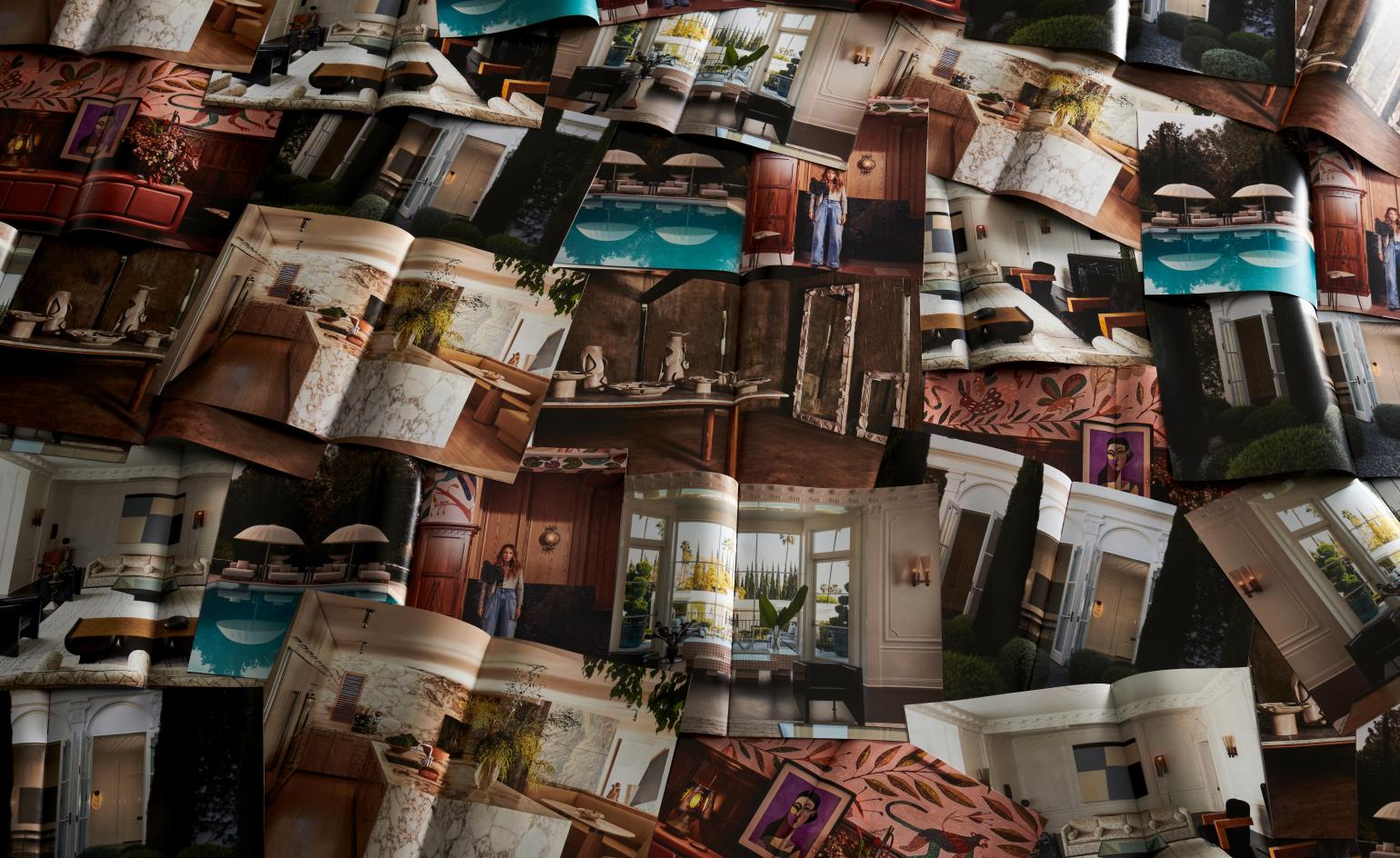 At home with Kelly Wearstler
At home with Kelly WearstlerAmerican designer Kelly Wearstler talks about her approach to interiors, her California homes, favourite LA spots, creative inspiration and more
-
 Ritesh Gupta’s Useful School: ‘Creative education needs to centre on people of colour’
Ritesh Gupta’s Useful School: ‘Creative education needs to centre on people of colour’Creative industry veteran Ritesh Gupta on launching Useful School, a new virtual learning platform that puts people of colour front and centre
-
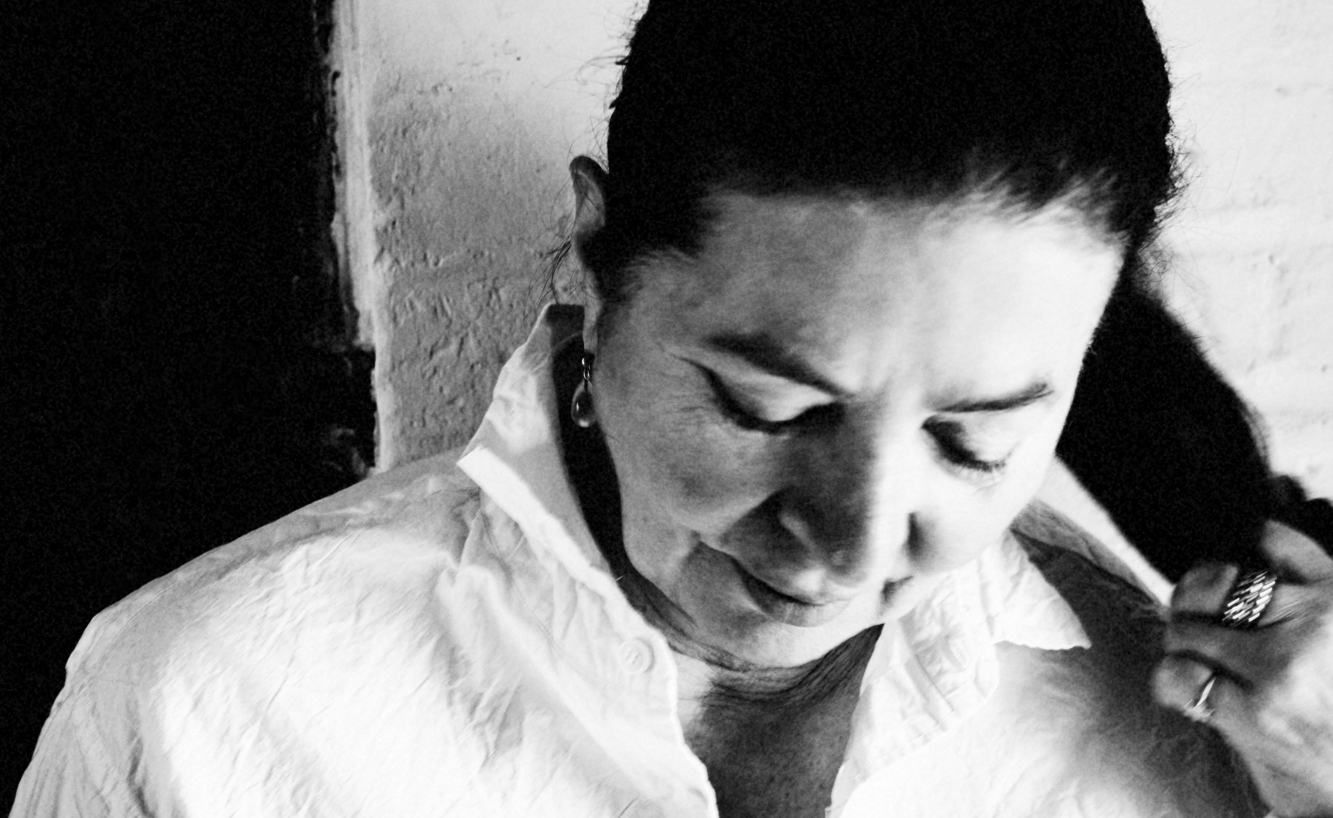 Ilse Crawford judges Wallpaper* Design Awards 2022
Ilse Crawford judges Wallpaper* Design Awards 2022London Design Medal laureate Ilse Crawford – part of the six-strong jury for the Judges’ Awards, the Wallpaper* Design Awards’ highest honours – on design for a better reality, and our worthy winners
-
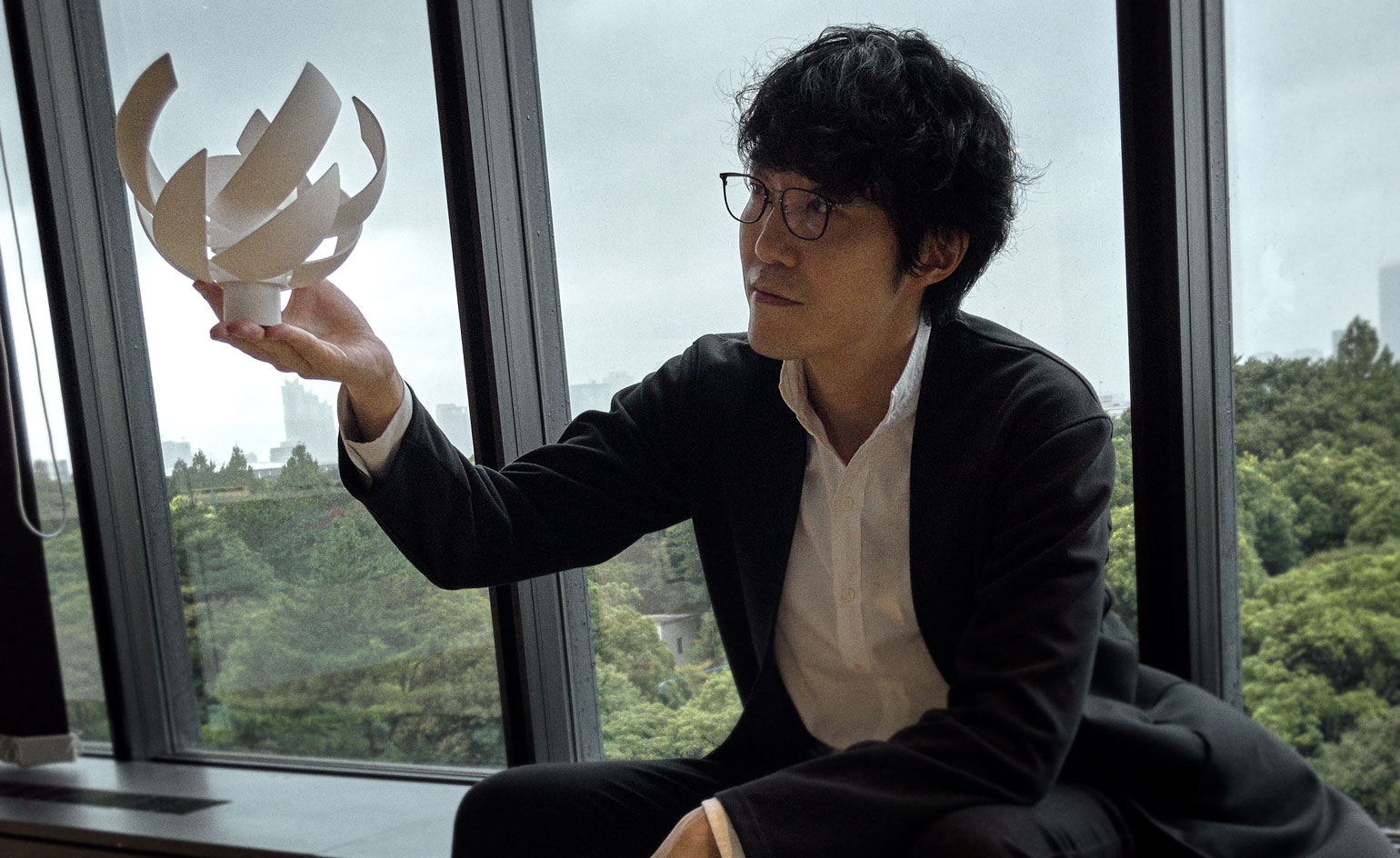 Nendo’s Oki Sato on challenges, new talent, and ‘taking the difficult way’
Nendo’s Oki Sato on challenges, new talent, and ‘taking the difficult way’Oki Sato, founder of prolific Japanese studio Nendo, reflects on past and present challenges – including designing Tokyo’s Olympic cauldron – and, for Wallpaper’s 25th Anniversary Issue ‘5x5’ project, selects five young talents ready to pick up the torch
-
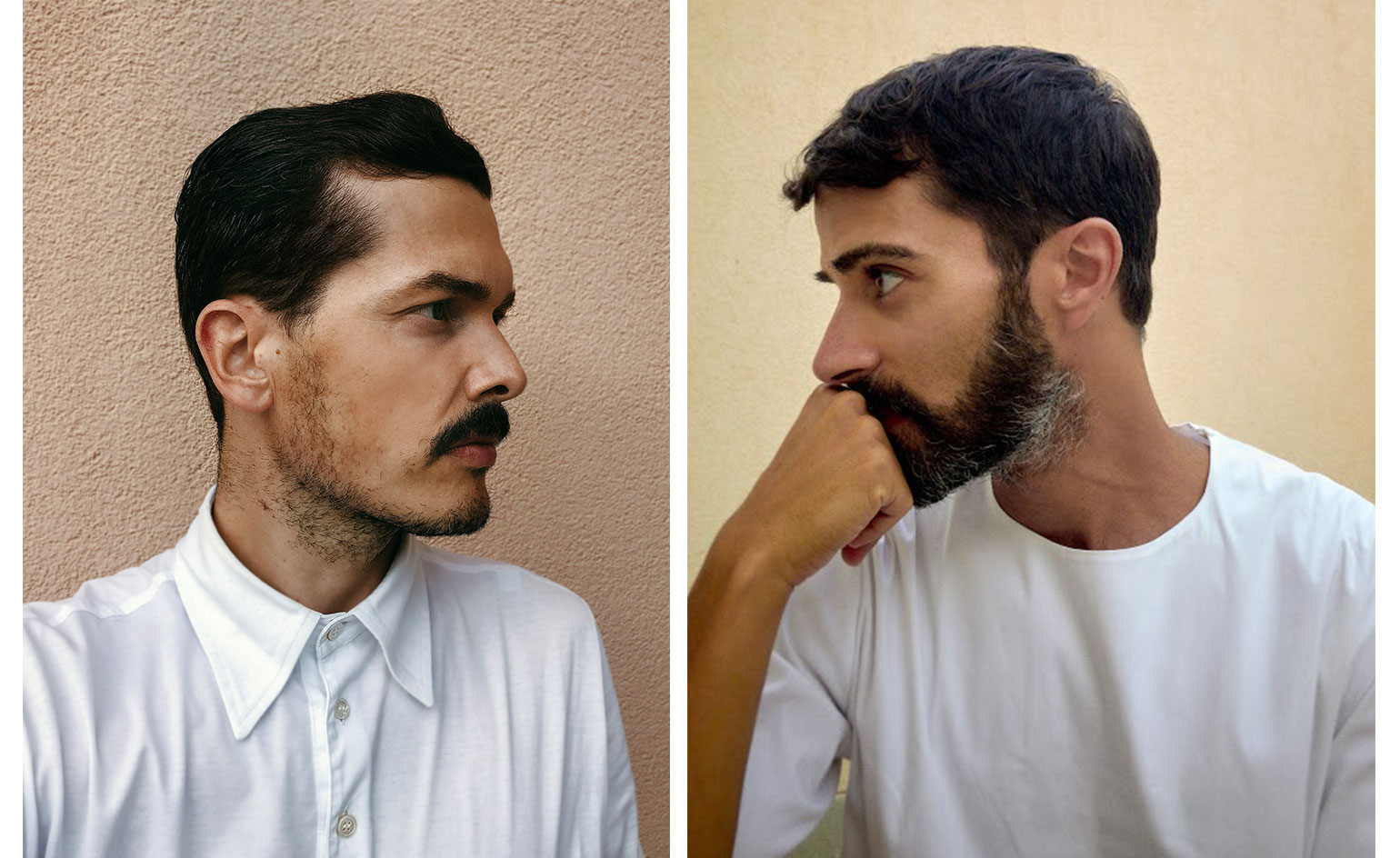 Formafantasma on their GEO-Design master’s programme, and designers thinking big
Formafantasma on their GEO-Design master’s programme, and designers thinking bigThe Italian design duo – and Designer of the Year in the 2021 Wallpaper* Design Awards – are among our featured visionaries in ‘5x5’, Wallpaper's 25th anniversary project. They discuss their first year heading the GEO-Design master’s programme at Design Academy Eindhoven, educating students for a changing world, and their pick of five creative leaders of the future who are expanding the practice of design
-
 New vision for Franco Maria Ricci’s art publishing legacy
New vision for Franco Maria Ricci’s art publishing legacyItalian art collector and publisher Franco Maria Ricci passed away in September 2020. His nephew Edoardo Pepino was entrusted with his artistic legacy, including the world’s biggest bamboo maze and Ricci’s eponymous publishing house, which is set for a relaunch in late 2021
-
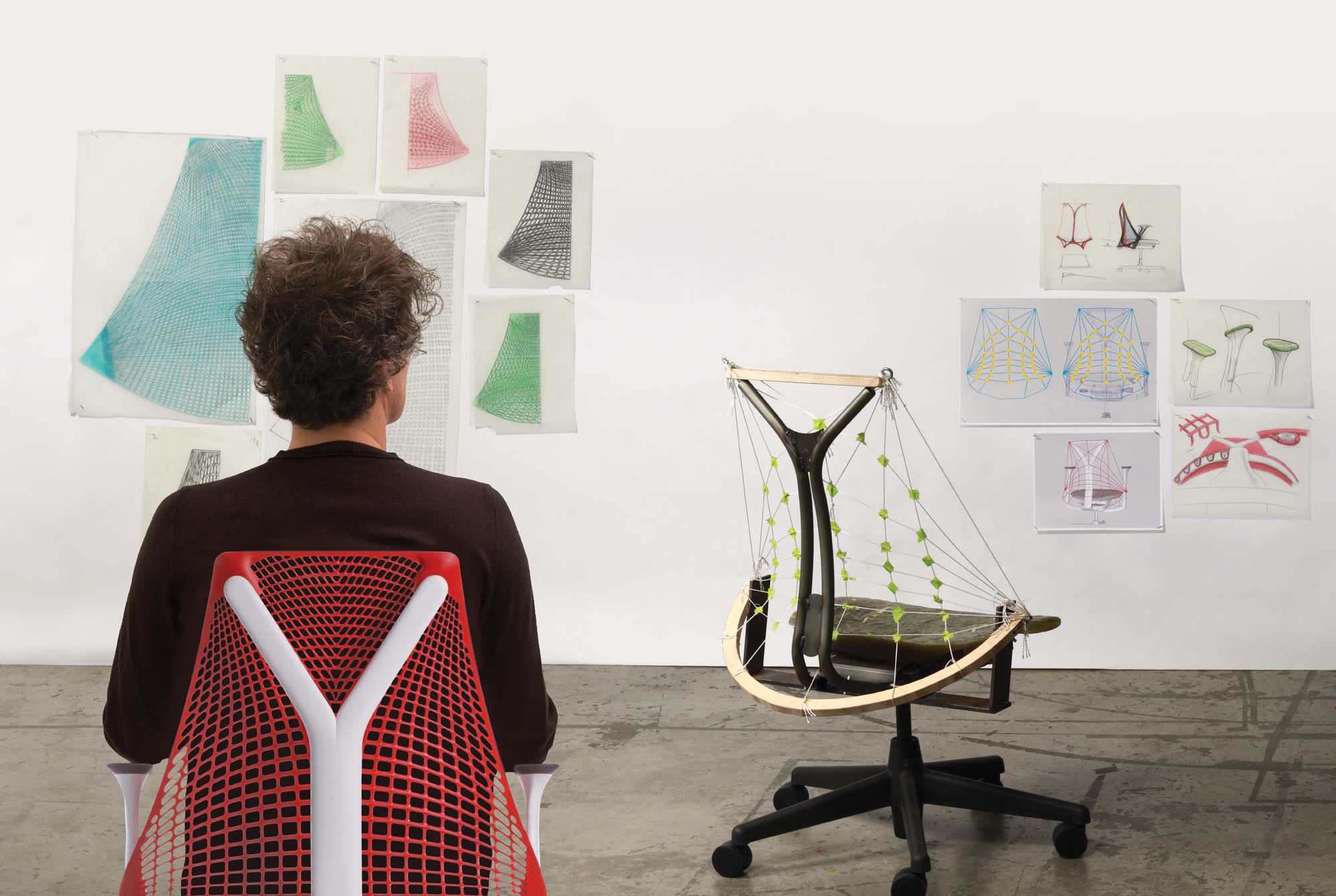 Yves Behar on his design for good
Yves Behar on his design for goodOn the occasion of his new monograph, Yves Behar: Designing Ideas, we talk to the Fuseproject founder on his career journey, technology and ‘the slow, winding journey of design’